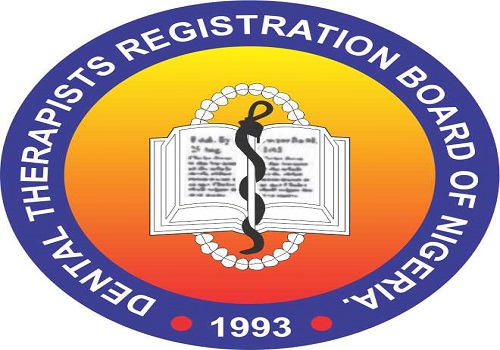The ability of a society to respond swiftly and effectively to emergencies often determines the difference between life and death. In Lagos State, the government has taken decisive steps to strengthen its emergency response capacity through the renovation of ambulance facilities, deployment of new resources, and the training of healthcare personnel. The intervention, according to health officials, is not only a response to existing challenges but also a deliberate investment in a safer and healthier future for Lagosians.
The Lagos State Ambulance Services (LASAMBUS) now operates five major bases across the state — located at General Hospital Lagos, Lagos State University Teaching Hospital, Federal Medical Centre Epe, Badagry General Hospital, and Ikorodu General Hospital. By strategically positioning these facilities in high-demand areas, the state expects to achieve faster ambulance deployment and reduced response time, especially along accident-prone corridors and heavily trafficked zones such as the Third Mainland Bridge, Ikorodu, Badagry, and Mile Two.
The renovation of 15 out of 28 previously vandalised ambulance points, with more scheduled for refurbishment, reflects an effort to restore public confidence in emergency services and ensure that essential health infrastructure is not only functional but also accessible to residents in critical moments.
A key expected outcome of the intervention lies in the capacity of personnel. With 198 staff members trained in basic life support, trauma care, and first aid, and the employment of 60 nurses to cover manpower shortages, the government anticipates an improved quality of emergency medical interventions. This focus on training ensures that first responders are not only available but also adequately skilled to stabilise patients and prevent avoidable deaths during the golden hour of emergencies.
Recognising Lagos’ notorious traffic congestion, the introduction of 10 new ambulance bikes marks a significant innovation. These bikes are expected to cut through gridlock and reach patients faster, particularly in areas inaccessible to vehicles. The expected outcome is a dramatic reduction in delays for trauma and accident victims, allowing life-saving care to be initiated before the arrival of a standard ambulance.
Beyond physical infrastructure, LASAMBUS has launched a digital dashboard for real-time emergency data and is developing a system to track hospital bed space availability. The anticipated impact of this innovation is a more efficient referral pathway where patients are directed to facilities ready to receive them, thereby eliminating wasted time and preventing situations where ambulances arrive at overcrowded hospitals unable to admit patients.
While infrastructure and personnel are central to the reform, the intervention also aims to reshape public attitudes toward emergency care. Officials note that motorists’ refusal to yield to ambulances remains a major barrier. By improving visibility, efficiency, and responsiveness, the state expects to gradually foster a culture where citizens recognise ambulances not merely as vehicles but as lifelines demanding priority passage.
The Lagos State government’s efforts to upgrade its emergency response system represent more than just physical improvements; they signal a shift toward a more resilient, technology-driven, and patient-centred emergency care model. If fully implemented and sustained, these measures are expected to translate into faster response times, higher survival rates, improved hospital coordination, and a renewed public trust in emergency medical services.
Ultimately, the expected outcome is a Lagos where no life is needlessly lost to delays, inadequate resources, or systemic inefficiencies — a city where every emergency call is met with confidence that help will arrive swiftly and effectively.




